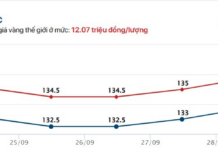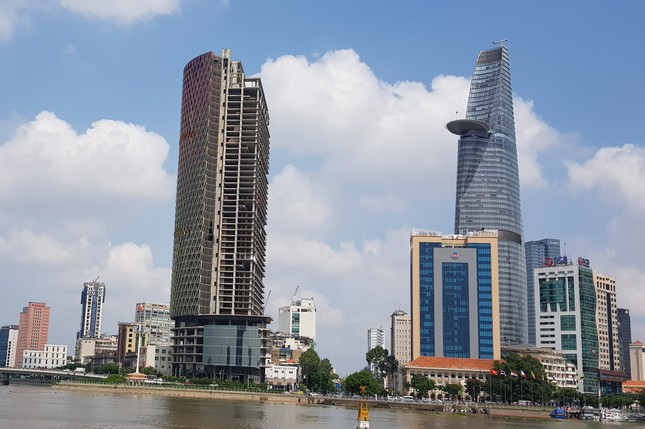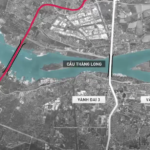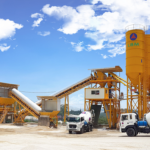The draft land price table presented by the Department of Natural Resources and Environment to the People’s Committee of Ho Chi Minh City proposes a new pricing scheme for 4,565 roads, an increase of 557 roads compared to Decision 02/2020. The highest price is 810 million VND/m2, the lowest is 3 million VND/m2, and the average is about 111 million VND/m2, more than seven times higher than four years ago.
Mr. Duong, from the Department of Natural Resources and Environment, shared that they are currently refining the adjusted land price table with other departments and sectors to present a more polished version in the upcoming steps. The land price adjustment adheres to the regulations stated in Clause 1, Article 257 of the 2024 Land Law, ensuring harmony between the state, land users, and investors as per Clause 1, Article 158 of the 2024 Land Law.
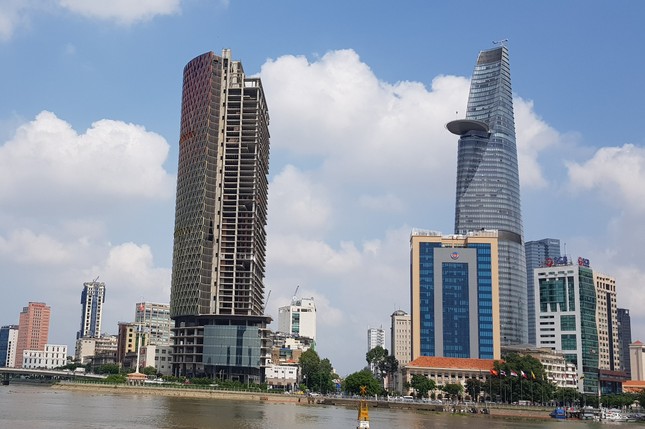
The representative from the Department of Natural Resources and Environment stated that the adjusted land price draft in Ho Chi Minh City is appropriate given the current context.
Mr. Duong emphasized that setting land prices must ensure compatibility with the practical situation and uphold the principle of harmony among the state, land users, and investors.
Regarding the status of land procedures one week after the enforcement of the 2024 Land Law, Mr. Duong shared that, based on information from the land office branches in 22 districts, counties, and Thu Duc City, land-related procedures have been proceeding normally without any significant fluctuations.
However, during the period from the effective date of the 2024 Land Law (August 1, 2024) until the new land price table is issued, most provinces and cities are facing challenges regarding land tax collection. The Department of Natural Resources and Environment is coordinating with other departments and sectors to draft a document to be submitted to the city’s leaders and reported to central agencies to address this difficulty.
Concerning land use purpose conversion, Mr. Duong stated that it is governed by Article 121 of the 2024 Land Law. Specifically, land use purpose conversion must be permitted by the competent state agency in the following cases: converting rice land, special-use forest land, protective forest land, or production forest land to other types of agricultural land; converting agricultural land to non-agricultural land; and converting other types of land to concentrated livestock farming land for large-scale livestock farming projects.
Conversion of non-agricultural land, which is allocated by the State without collecting land use levies, to another type of non-agricultural land that is allocated with land use levies or leased; conversion of non-agricultural land that is not for residential purposes to residential land; conversion of land for non-business public utility projects or public utility projects with business purposes to production land or non-agricultural business land; and conversion of non-agricultural production land, which is not for commercial or service purposes, to commercial or service land.
Additionally, when converting the land use purpose as stipulated in Clause 1, Article 121, the land user must fulfill financial obligations in accordance with the law. The land use regime, rights, and obligations of the land user shall be applied according to the type of land after the conversion. Land use purpose conversion that does not fall under the cases specified in Clause 1, Article 121 does not require permission from the competent state agency.






